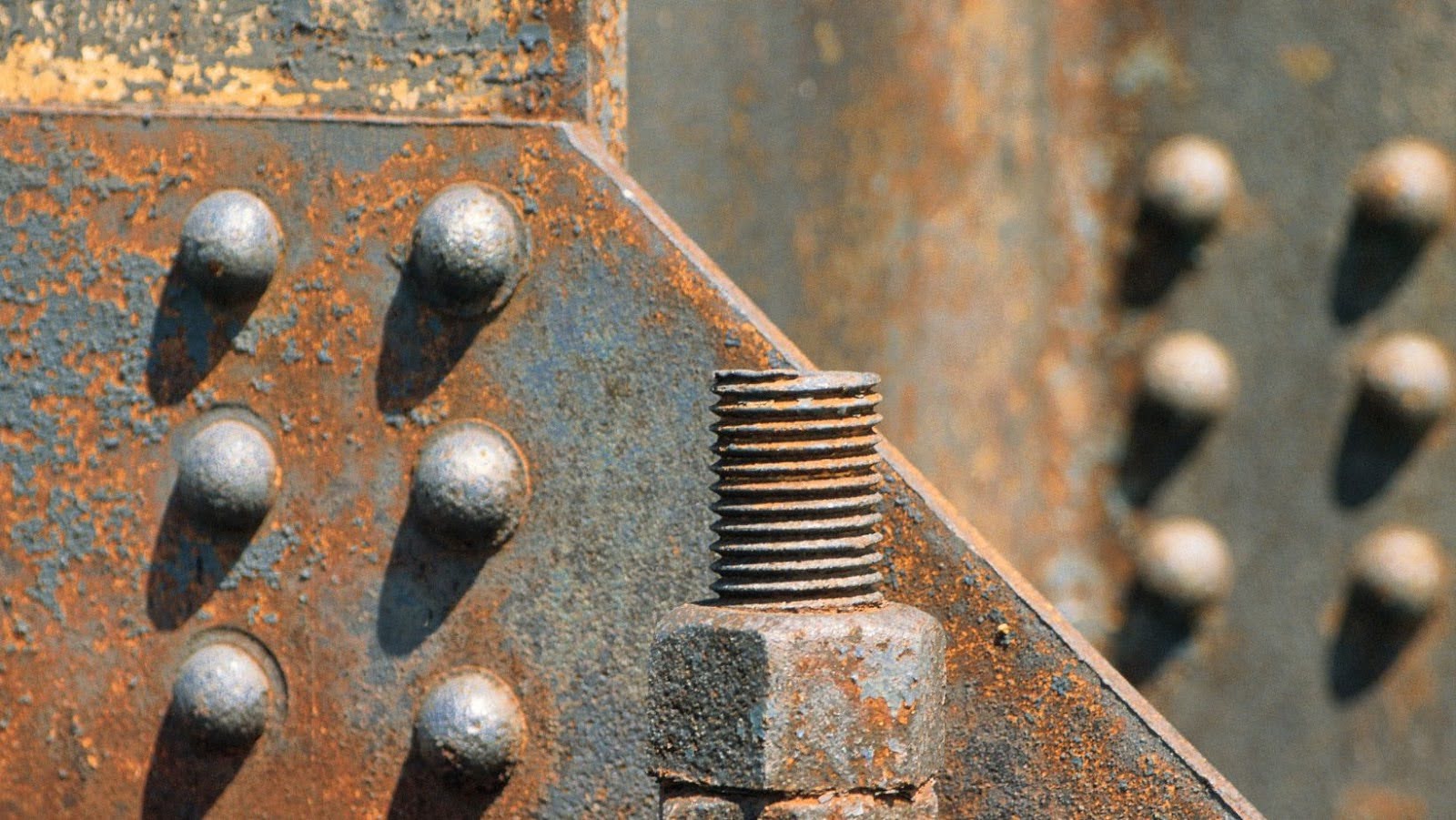Fastening systems are the unsung heroes of construction, manufacturing, and various industries where structures and components need to be securely joined together. From holding together the beams of a skyscraper to fastening the components of a machine, the right fastening system ensures stability, durability, and safety. In this comprehensive guide, we delve into the world of industrial and commercial fastening systems, exploring everything from bolts to rivets and even the often-overlooked but essential coupling nuts.
Table of Contents
ToggleBolts: The Backbone of Fastening
Bolts come in various shapes and sizes, each designed for specific applications. Hex bolts, with their six-sided heads, are among the most common and ideal for general-purpose fastening.

Carriage bolts, recognized by their rounded heads and square necks, are often used in wood-to-metal fastening applications. Anchor bolts, featuring threaded ends and embedded in concrete, provide robust anchoring for structural elements.
The material and grade of a bolt determine its strength, corrosion resistance, and suitability for different environments. Common materials include stainless steel, carbon steel, and alloy steel, each offering unique properties. Grades such as ASTM A307, ASTM A325, and ASTM A490 classify bolts based on their tensile strength and suitability for specific applications.
Bolts find applications across numerous industries, from construction and automotive to aerospace and marine. Proper installation techniques, including torque specifications and the use of washers and nuts, ensure optimal performance and longevity. Regular inspection and maintenance are essential to detect any signs of wear or degradation over time.
Nuts: The Unsung Heroes
Nuts play a crucial role in fastening systems by securing bolts and providing a mating surface for load distribution. Hex nuts, with their six-sided design, are the most common and versatile. Lock nuts incorporate features to prevent loosening due to vibration or shock. Coupling nuts, elongated hex nuts with internal threads on both ends, are used to join two threaded rods or pipes together.
Like bolts, nuts are available in various materials and grades to suit different applications and environments. Stainless steel nuts offer excellent corrosion resistance, making them suitable for outdoor and marine applications. Grade markings, such as 2, 5, or 8, indicate the nut’s strength and compatibility with bolts of corresponding grades.
Selecting the right nut for a bolt involves considerations such as thread size, pitch, and compatibility with the bolt material and grade. Matching nuts and bolts ensures proper engagement and prevents issues such as galling or stripping of threads. Consulting industry standards and specifications helps ensure compatibility and adherence to safety guidelines.
Screws: The Versatile Fasteners
Screws are threaded fasteners designed to be inserted into pre-drilled holes, creating a secure connection between two or more components. Wood screws feature coarse threads and sharp points, making them ideal for joining wood to wood or wood to metal. Machine screws, with their uniform threads and blunt ends, are used in metal-to-metal or metal-to-plastic applications. Self-tapping screws incorporate cutting edges to create their own mating threads, eliminating the need for pre-drilled holes.
The choice of screw and heavy-duty coupling nuts, as well as coupling nuts with reduced or enlarged hex sizes for specific installation requirements. Coupling nuts are widely used in construction, plumbing, HVAC, and electrical installations, where threaded rods or pipes need to be connected securely. Their versatility allows for easy adjustment of assembly length or spacing between components, making them ideal for applications where precise alignment is required. Benefits of coupling nuts include ease of installation, reusability, and the ability to create strong, vibration-resistant connections.
Comparative Analysis: Strengths and Weaknesses
When choosing a fastening system, it’s essential to consider the strengths and weaknesses of each option to ensure the best fit for the application.

Bolts offer high tensile strength and durability but may require access to both ends of the joint for installation. Rivets provide a permanent, tamper-resistant connection but require pre-drilled holes and specialized tools for installation.
Screws offer versatility and ease of installation but may loosen over time due to vibration or thermal expansion. Adhesives provide lightweight, corrosion-resistant bonds but require adequate surface preparation and curing time. Coupling nuts offer flexibility and adjustability but may introduce potential points of failure if not properly installed or secured.
Safety Considerations and Compliance
Ensuring the safety and compliance of fastening systems is paramount to prevent accidents, injuries, and structural failures. Industry standards and regulations, such as those set forth by organizations like ASTM, ANSI, and ISO, provide guidelines for material selection, installation techniques, and load capacities. Proper handling, storage, and disposal of fasteners minimize the risk of damage or contamination. Regular inspection and maintenance help detect and address issues such as corrosion, wear, or inadequate fastening before they compromise safety or performance.
Conclusion
In the world of industrial and commercial construction, manufacturing, and infrastructure, fastening systems are the invisible force that holds everything together. From the humble bolt to the innovative coupling nut, each component plays a vital role in ensuring the safety, reliability, and longevity of structures and systems. By understanding the characteristics, applications, and best practices of different fastening systems, engineers, architects, and builders can make informed decisions that optimize performance, efficiency, and sustainability. Whether securing a skyscraper or assembling a machine, the right fastening system is the key to success in any project.





